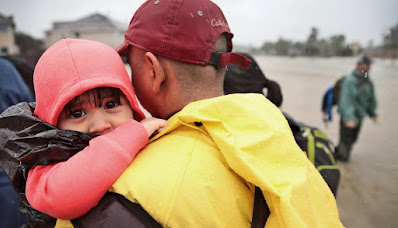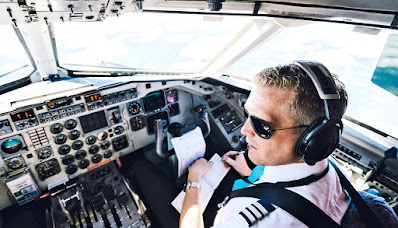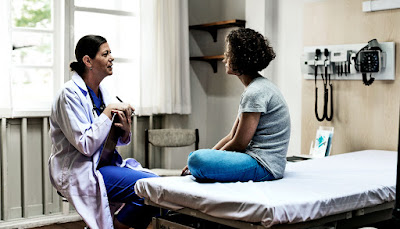FOR EMERGENCY COMMUNICATION WITHOUT POWER, USE THE ‘FOG’
For all-natural catastrophes that knock out power—and therefore the internet—researchers have developed a brand-new way of gathering and sharing information that does not depend on electrical power.
Using computing power built right into smart phones, routers, and various other equipment, emergency situation supervisors and first -responders will have the ability to share and act upon information collected from individuals affected by typhoons, tornados, floodings, and various other catastrophes.
cara agar menang jakpot slot online uang asli
"Progressively, information collected from easy and energetic sensing units that individuals carry with them, such as their smart phones, is being used to notify situational understanding in a variety of setups," says Kishore Ramachandran, a computer system scientific research teacher at Georgia Technology.
"By doing this, people are providing beneficial social noticing solutions. However, present social noticing solutions depend upon internet connection since the solutions are released on main shadow systems."
In a paper provided previously this year at the second Worldwide Workshop on Social Noticing, scientists detailed how it may be feasible to access centralized solutions using a decentralized network that leverages the expanding quantity of computing power at the "side" of the internet.
The ability will give first -responders a huge benefit.
In a swamped location, for instance, browse and save workers using a geo-distributed network would certainly have the ability to continuously ping allowed phones, sensing units, and various other devices in a location to determine exact locations. The information is used to produce thickness maps of individuals because browse area. The maps would certainly after that be used to focus on and guide emergency situation reaction groups.
‘FOG' OR ‘EDGE' COMPUTING
The proposition benefits from side computing. Also known as fog computing, side computing places more processing abilities in noticing devices—like monitoring video cams, embedded sidewalk sensing units, and others, as well as in customer devices such as mobile phone, visitors, and tablets—in purchase to improve network latency in between sensing units, applications, and users.
Instead compared to simply having the ability to communicate through the internet with main shadow systems, the scientists shown that by utilizing side computing sources, noticing devices can be allowed to determine and communicate with various other sensing units in a location.
"Our company believe fog computing can become a powerful enabler of decentralized, local social noticing solutions that can run when internet connection is constricted," Ramachandran says.
"This capability will provide first -responders and others with the degree of situational understanding they need to earn effective choices in emergency situation circumstances."


